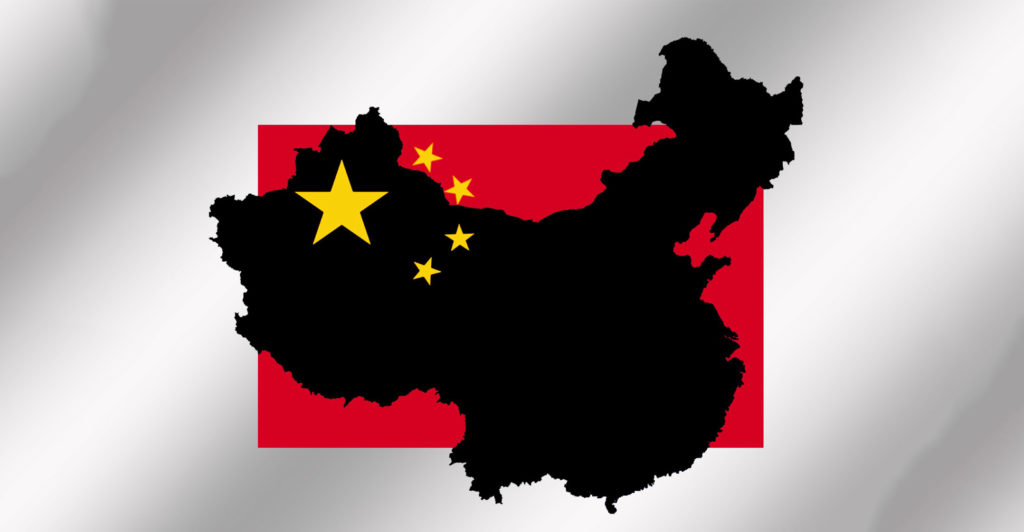 China is slowly starting to get back to work, as it battles the coronavirus outbreak that has killed more than 2 600 people and sickened tens of thousands.
China is slowly starting to get back to work, as it battles the coronavirus outbreak that has killed more than 2 600 people and sickened tens of thousands.
Government controls and the fear of going outside have curtailed spending, and many factories are still not working at full capacity due to a lack of staff, with workers still in their hometowns or spending two weeks in quarantine.
However, activity seems to be picking up, with the economy likely running at 60% to 70% capacity this week, according to a Bloomberg Economics report, up from about 50% two weeks ago.
Some companies, especially large state-owned industrial firms and those making medical equipment, have ramped up output. Demand for coal to make electricity is the highest it’s been since 29 January, but it’s still well below where it should be at this time of year. Along with anecdotal reports from across China’s vast east-coast manufacturing heartland, the power numbers suggest much of the nation’s industrial capacity remains idle.
Emissions of pollution from industrial activity were also down, with nitrogen dioxide in the atmosphere lower than it would normally be, according to the Centre for Research on Energy and Clean Air, which cited satellite data.
Companies are starting to return, but many are likely not working at full capacity. Toyota has now restarted production at all its factories in China, with the Chengdu line beginning work on Monday, according to a statement from firm spokesman Aaron Fowles on Tuesday. However, all four plants will only be running a single shift, and the firm won’t resume normal operations until it’s safe and appropriate, according to the spokesman.
Larger stockpiles
The slowdown of refineries and dropping demand has led to larger stockpiles of crude oil. However, imports of liquefied natural gas are showing signs of life, rebounding last week to the levels of mid-January.
In a survey of over 150 American companies in China in mid-February, only about 18% said they would be back to normal by the end of this month, with another 28% expecting that would happen by the end of March.
A separate survey of sales managers at Chinese companies conducted in February reported the worst results since the data started being collected, with effects spread evenly across both the services and manufacturing sectors.
 About the same number of trips by planes, trains, cars and boats were taken in the run up to the Lunar New Year this year compared to last year, but the fall-off since the first day of the Year of the Rat on 25 January was stark. On average, there were only about 20% as many trips being taken each day, meaning millions of people still haven’t travelled back to work. And with long-distance buses only allowed to operate at 50% capacity to reduce the risks of viral transmission, that backlog will take a long time to clear.
About the same number of trips by planes, trains, cars and boats were taken in the run up to the Lunar New Year this year compared to last year, but the fall-off since the first day of the Year of the Rat on 25 January was stark. On average, there were only about 20% as many trips being taken each day, meaning millions of people still haven’t travelled back to work. And with long-distance buses only allowed to operate at 50% capacity to reduce the risks of viral transmission, that backlog will take a long time to clear.
Highway traffic last week was picking up, with passenger and truck traffic turnover rates up by 96% and 136%, respectively, in the week to 22 February from the previous week, according to transport ministry data. Some 27 provinces and regions have restored inter-provincial passenger bus services, and 26 provinces including Zhejiang and Fujian have organised chartered buses to return migrant workers to their workplaces.
About 200 million migrant workers will have returned to where they work by the end of February, transport ministry official Liu Xiaoming said in Beijing on 15 February. Another 100 million will return from March onwards, according to Liu.
However, that pickup in traffic may be too slow to quickly clear the backlog at the nation’s ports, with thousands of containers of frozen and chilled food piling up and going bad.
Alibaba Group, the first major Chinese technology corporation to report results since the epidemic emerged in January, said the virus is undermining production and has changed buying patterns, with consumers pulling back on discretionary spending, including travel and restaurants.
That drop in discretionary spending can be seen clearly in the plunge in box office revenue this Lunar New Year.
Even if people do want to spend, many shops are shut, and online and offline retailers are facing logistical problems to supply customers. That situation may continue until the virus is contained, people are back at work and getting paid.
Retail demand for cars has collapsed, with the outbreak keeping buyers away from showrooms. In the first week of February, an average of only 811 passenger cars a day were sold in the whole country, and sales were down 92% from the same time last year for the first two weeks of the month, according to the China Passenger Car Association. Car sales were already falling before the outbreak, but this will further undermine the whole automobile industry. — Reported with assistance from Feifei Shen, Jasmine Ng, Shirley Zhao, Aaron Clark, Yinan Zhao, Masatsugu Horie, Matt Turner, Serene Cheong and Stephen Stapczynski, (c) 2020 Bloomberg LP




